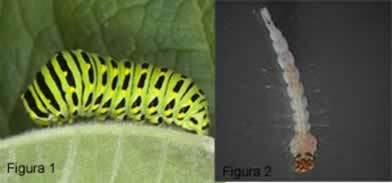THE mascot of the 2014 World Cup is the armadillo-bola, a species of mammal found in the Caatinga and Cerrado regions of Brazil. This species is currently at risk of becoming extinct due to hunting and habitat destruction, being in the category of vulnerable by the IUCN (International Union for the Conservation of Nature and Natural resources). It is noteworthy that in some regions of Brazil it is no longer possible to find this species.
The species that receives the scientific name in Tricinctus tolypeutes it is also known as bola, bolinha, tranquinha and armadillo-bola-do-nordeste. The armadillo is an endemic animal in Brazil and is characterized by close up like a ball to defend against predators. Upon acquiring this form, it ends up protecting the soft parts of its body with its hard shell, making it difficult for animals that try to feed on it.
The habit of curling up to defend yourself, while being quite effective against some predators, is not effective in getting rid of the man. Adopting this position, it becomes easy prey for hunters, who end up capturing the animal with ease. Unlike other armadillos, the ball armadillo not able to dig holes and it is not adapted to underground life.

When curling up, the armadillo becomes an easy target for hunters
This graceful animal feeds on small insects, such as ants and termites, and plant material, such as fruit. It is considered the smallest brazilian armadillo, having only about 50 centimeters. When compared to females, males are relatively larger.
During the breeding season, it is possible to observe several males following a female. There are works that report a row of up to ten armadillos at the time of mating, which makes them easy prey. Usually the female gives birth to two offspring.
Faced with the great destruction of habitat and predatory hunting, experts believe that, in approximately 50 years, there will no longer be any specimen of armadillos. The alarming picture made the animal the object of a National Plan for the Conservation of Endangered Species of Fauna. The plan is being prepared by ICMBio (Chico Mendes Institute for Biodiversity Conservation) and should be ready by the end of 2014.
Despite being a typically Brazilian species and with such peculiar characteristics, the armadillo is not yet the subject of much research, thus hindering its conservation. What many researchers hope is that, with the World Cup, the armadillo will become a better known and preserved species.
By Ma. Vanessa dos Santos


